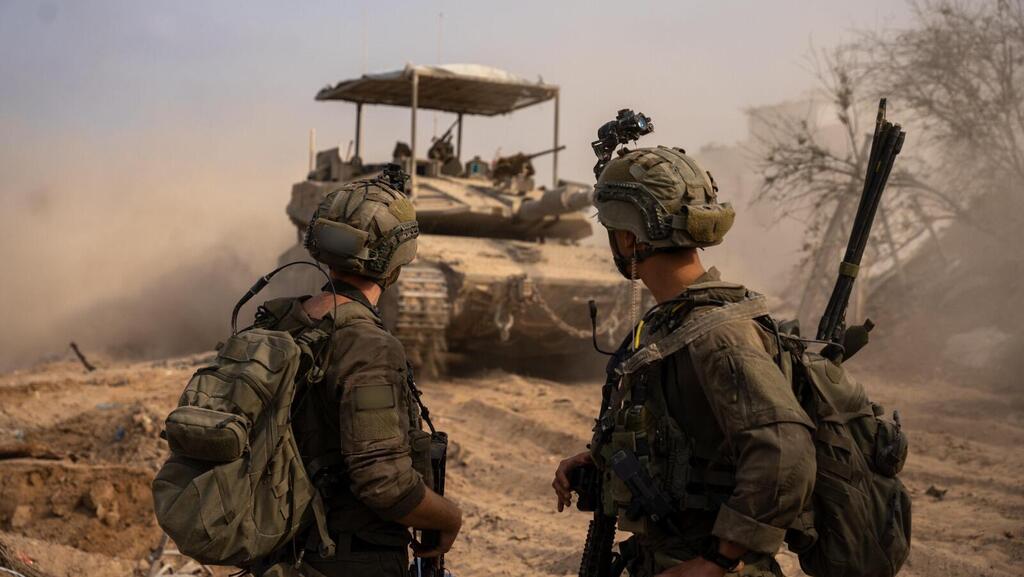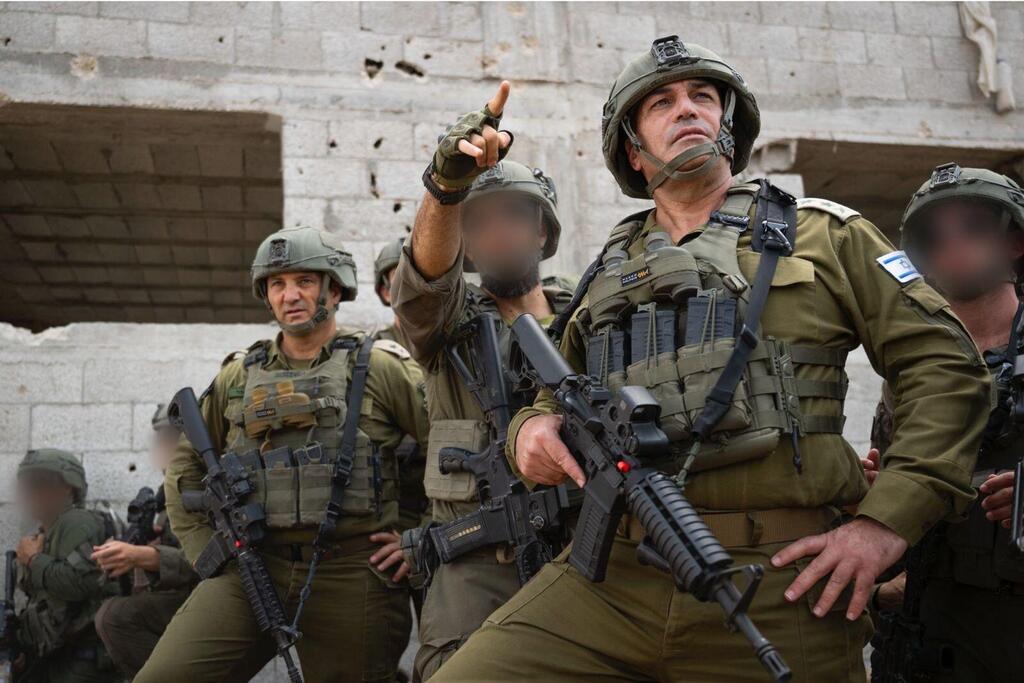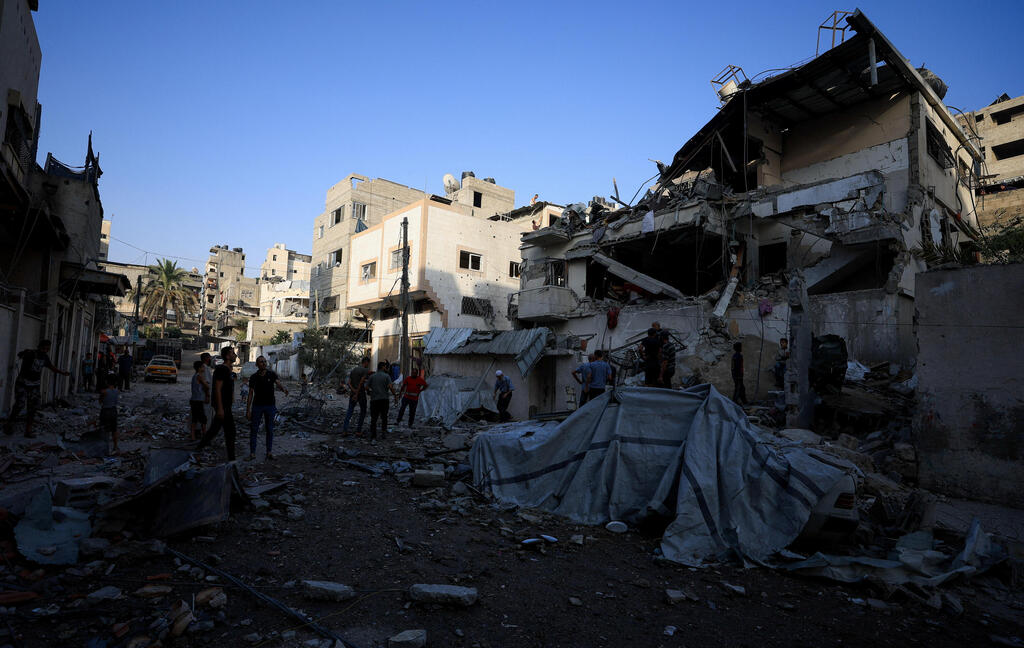In discussions between the General Staff and the five divisions set to take part, Chief of Staff Lt. Gen. Eyal Zamir set red lines for troop rotations, psychological support, home leave rotations and scheduled withdrawals of tanks, bulldozers and armored vehicles for repair and maintenance.
Despite heavy political pressure, the IDF has refused to push its already exhausted forces to the same extremes as during the first operation. At that time, paratroopers’ parents publicly protested that their sons had remained in Gaza for months without leave.
Leave policies for the rest of the army remain unchanged. After assessments, the IDF decided to continue allowing leave for troops in non-combat units and those not directly tied to Gideon’s Chariots II, including vacations abroad.
Many of the regular brigade and battalion commanders who will participate are relatively new and did not take part in the earlier Gaza maneuver. According to military officials, they arrive with high motivation, which could affect their mostly young soldiers, many of whom enlisted within the past year and have not yet experienced a major campaign.
“The event will be managed wisely, not manage us,” IDF sources told Ynet and Yedioth Ahronoth over the weekend. “There will be clear schedules, soldiers will go home, they will see mental health officers and we will not repeat the mistakes made at the start of the war. There will be consideration for reservists as well, and we will try to allow them leave for the holidays. We will not rush to impose blanket leave bans, and if we do, they will be differentiated, monitored by the General Staff, not imposed arbitrarily by unit commanders. We are in a marathon, not a sprint.”
Officials emphasized that in an emergency, a colonel or higher can cancel approved leave even on short notice. “We are also not suspending holidays or summer breaks because of the war, and we have allowed career and conscript soldiers to accrue unused vacation days. We will support career soldiers through the upcoming campaign because we know this is a demanding, exhausting period.”
“If the family of an officer, even a noncombat support officer, booked a holiday abroad months ago for the coming High Holidays, we will make every effort not to cancel it due to the officer’s unit duties,” they said. “If it is canceled, the IDF will cover the financial losses, as it has done until now.”
Reservists expected to be called up early next month may also be given regular home leave during the operation in Gaza City to preserve their strength. In recent days, the army has begun contacting battalions mobilized under emergency orders for early September to check how many will arrive on such short notice, after many already spent nearly a full year on duty since Oct. 7.
Reserve commanders have been instructed to be as generous as possible with releases home and flexible in meeting soldiers’ requests to attend to family, business or studies. “Whatever a soldier can give during the battalion’s mobilization period, he should give,” one officer said. “Even if he only comes for a week or two, it will help.”
Reservists will replace regular battalions in the West Bank, the north and inside Gaza outposts, freeing up those units for the city maneuver. Their mobilization will take place in three waves — September, November and March — resembling the regular enlistment cycles of 18-year-old conscripts.
The army’s goal is to maintain the “week on, week off” model for reservists during the Gaza City operation, allowing them to spend a week at home during their service at the army’s expense, to rest or work. But that depends on turnout: the fewer who report, the less home time those who do will receive. Many reserve commanders say they will not punish or judge soldiers unable to serve this round after already fighting for months in Gaza.
Military officials also acknowledge that those unable to serve now will likely be needed later. The IDF assesses that ground fighting against Hamas will continue for years under almost any scenario, even if in different waves or on a smaller scale.
Senior IDF officials who attended discussions with Netanyahu said he appeared to understand the strain and heavy burden on troops, even if the price is a slower, more deliberate campaign in Gaza City.
Accordingly, the Cabinet’s official directive to the IDF is to “seize” Gaza City, not to “conquer” it — meaning forces will systematically cut the city into sections along several axes, preventing Hamas from moving fighters and weapons between its units inside and around the city.
Another factor slowing the campaign will be the policy of avoiding risks to hostages. Every brigade and battalion combat team operating in Gaza will be shown on digital maps the areas believed by intelligence to hold hostages. Those areas are off limits for fire and ground movement.
This policy has been in place since late 2023, after hostages were killed in IDF airstrikes or encounters with ground troops in northern Gaza, Khan Younis and Rafah. Zamir has made clear the policy will not change, even if it prevents the army from defeating Hamas’ Gaza City brigade or its central brigades in Deir al-Balah and Nuseirat, which have not yet been entered by ground forces.
The first condition for the operation remains the evacuation of roughly 1 million Palestinians from Gaza City. The IDF fears Hamas may use the mass displacement to transfer hostages into fortified positions in the city, including hospitals and civilian shelters.
Gaza City is smaller in area than Khan Younis, but it has many tall buildings — most damaged but still standing — under which lie extensive tunnel networks. Some tunnels have been rebuilt, and others remain undiscovered by the IDF.







